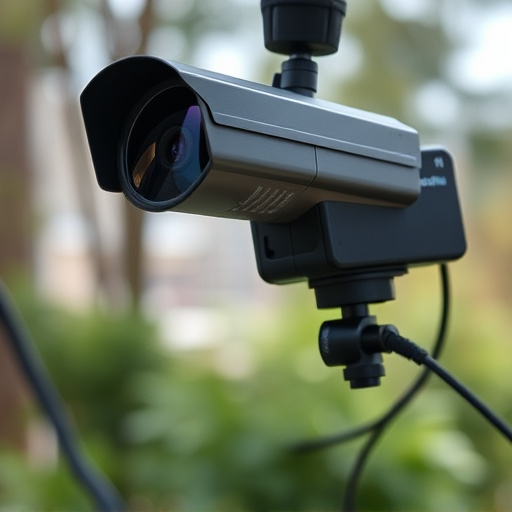Spy cameras with remote viewing capabilities have become powerful tools for surveillance, offering discreet monitoring solutions for both personal and professional uses. These compact devices, disguised as everyday items, transmit video and audio through wireless signals or Bluetooth, enabling real-time access via smartphone apps or computer software. While privacy concerns arise from their increasing accessibility, spy cameras play legitimate roles in security, loss prevention, and forensic investigations, revolutionizing response times and convenience in surveillance systems.
Hidden recording devices, often referred to as spy cameras with remote viewing capabilities, pose significant privacy risks in today’s digital age. This article delves into the intricate world of these covert surveillance tools, exploring their diverse types and applications. We dissect how hidden cameras operate, from sophisticated technology to legal considerations. Furthermore, it unveils advanced scanning methods, such as visual inspections, thermal imaging, and RF detection, empowering individuals with knowledge to counter these intrusions.
- Understanding Hidden Recording Devices and Their Operations
- – Types of hidden cameras and their common uses
- – How hidden recording devices work: technology and methods
Understanding Hidden Recording Devices and Their Operations
Hidden recording devices, also known as spy cameras with remote viewing capabilities, are compact and sophisticated pieces of technology designed for covert surveillance. These devices operate quietly in plain sight, capturing video or audio evidence without raising suspicion. Understanding their functionalities is crucial when aiming to detect and counteract such clandestine activities.
These hidden cameras utilize a range of methods to transmit data, including wireless signals, Bluetooth, or even cellular networks. They can be triggered remotely by the operator or through motion sensors, ensuring they remain active and discrete. The footage captured can be saved locally on an integrated memory card or streamed live to a monitoring device or smartphone via the internet, allowing real-time remote viewing. This technology has become increasingly accessible, raising concerns about privacy invasion but also offering legitimate applications in security, surveillance, and forensic investigations.
– Types of hidden cameras and their common uses
Hidden cameras, also known as spy cameras with remote viewing capabilities, come in various forms and serve diverse purposes. From tiny pinhole cameras to sophisticated wireless devices, these miniature surveillance tools have become increasingly prevalent in both personal and professional settings. Common applications include home security monitoring, where individuals use spy cameras to keep an eye on their properties while away; business owners employ them for loss prevention and inventory management; and investigators utilize these devices for discreet observation during investigations or surveillance operations.
The allure of hidden recording device signal scanning lies in their discreteness and remote accessibility. Spy cameras with remote viewing allow users to monitor activities from a distance, providing real-time video feeds via smartphone apps or web interfaces. This technology has become a game-changer for security systems, enabling quick response times and offering a level of convenience previously unattainable.
– How hidden recording devices work: technology and methods
Hidden recording devices, often referred to as spy cameras with remote viewing capabilities, operate on advanced technology that allows them to remain unobtrusive while capturing video and audio. These devices typically employ miniature cameras and microphones concealed within everyday objects like clocks, pens, or even light switches. The footage is then transmitted wirelessly to a receiving unit, which can be accessed remotely via a smartphone app or computer software. This remote viewing feature is a significant advantage, enabling users to monitor activities without being physically present.
The methods employed for hidden recording device signal scanning involve specialized equipment and techniques. Security professionals use signal detectors that can pick up the wireless signals these devices emit. Advanced scanning tools can also analyze radio frequency (RF) patterns to identify unusual activity or emissions, potentially indicating the presence of a hidden camera. Additionally, thermal imaging cameras can be utilized to detect heat signatures that may correspond with electronic components, further aiding in the localization and detection of spy cameras with remote viewing capabilities.
Hidden recording devices, including advanced Spy Camera With Remote Viewing systems, pose unique challenges in detection. Understanding their diverse types and operational technologies is crucial for effective scanning methods. By staying informed about these innovations, we can enhance privacy protection and security measures, ensuring peace of mind in an era where such devices are increasingly sophisticated.
